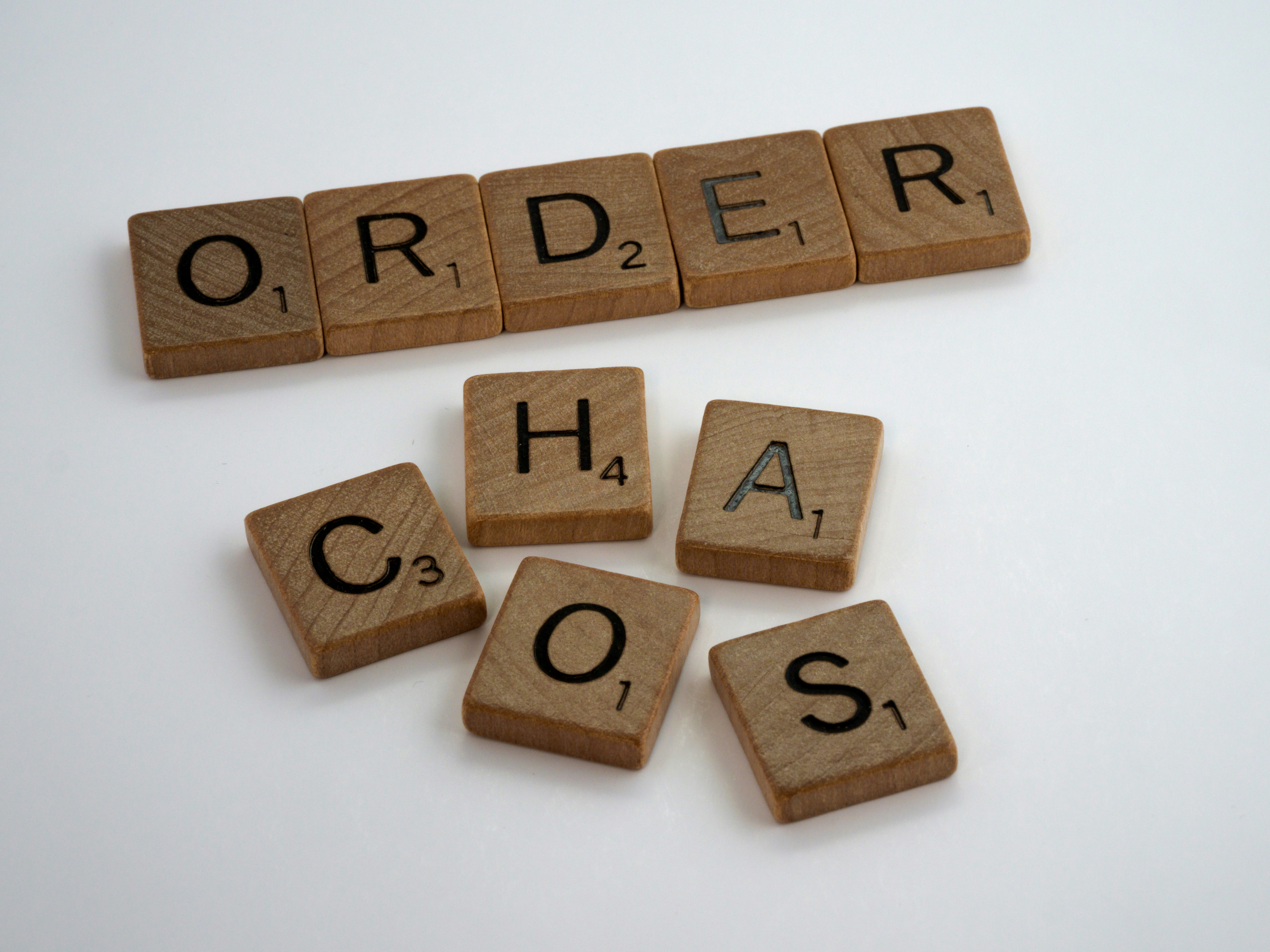A leader I know recently found herself feeling overwhelmed. She was indecisive, depressed about her situation, and looking for someone to blame for how she got into this mess. Normally, she is very decisive, organized and a high achiever. Challenges tend to motivate her rather than intimidate her. Yet here she was feeling like she had no way out of the situation she was in and powerless to make a difference.
The feeling of being overwhelmed can happen to any of us. It doesn’t matter what your “job” or role is, or what “level” you are in an organization. You can find yourself feeling overwhelmed and helpless to do anything about it. Leaders can feel especially overwhelmed because they often have added demands on their time from bosses, peers and employees.
So, what can you do when you find yourself overwhelmed?
Years ago, I received some invaluable advice that still helps me today when I am feeling overwhelmed. On that day, I was in my office after having been in meetings for most of the day. I was tired, mentally, and physically, and had many scheduled actions to complete along with numerous “pop-ups” and new action items that had come from the day’s meetings.
I was trying to accomplish one of my action items, composing an email response to a disgruntled customer. This email was important, and I had to word it carefully or risk upsetting the customer even more. The way I like to compose emails is an “old school” approach to write out an outline first and flesh it out before typing the email. That way I am not tempted to hit the “send” button before the email is ready to go. I had worked my way through several drafts, getting more frustrated with each one because I kept getting interrupted by people messaging me or by my thoughts of all the things I had to get done. I had balled up several of the drafts and tossed them to the floor in frustration as I was working.
My boss knocked at my office door and then walked in. He quietly picked up the balls of paper from the floor of my office, put them into the recycle bin, and then sat down and looked at me. He asked, “What’s going on? You look frazzled.” Normally a fastidious person, I was embarrassed that he had picked up the mess off my floor and I didn’t want him to know that I was struggling with the amount of work on my plate. I wanted him to see me as someone who could handle the workload with quiet competence, not as frazzled, messy, and not having my act together.
I sighed and gave into what I was feeling. I shared that I was feeling overwhelmed by everything and felt like I was being pulled in multiple directions, and just sinking deeper into the pile of things to do. He smiled and told me, “I get that way too.” He explained that when he found himself feeling that way, he had a simple process that he followed:
3 steps to finding equilibrium
Step 1: Find a quiet space where you won’t get interrupted for a few minutes.
Step 2: Make a list of each of the things you need to accomplish and estimate how long it will take to do each one. (If a task doesn’t need to be done by you – don’t put it on the list.)
Step 3: Prioritize the list. (This step may require input from others – boss, teammates, etc. It’s also a good idea to ensure the actions you are taking support your overall objectives.)
I tried his approach that day and have used it ever since. This simple process works! Being aware that you are feeling overwhelmed acts as the trigger for the process. Finding a quiet space where you won’t get interrupted for a few minutes allows you to shift your perspective. It puts you in a better mental and emotional state by interrupting the stress you are feeling. The space can be anywhere, I have used empty conference rooms, a table in a break area, or even stayed in my office and turned off all distractions. Once you find the space, start by taking a few deep breaths with your eyes closed and your feet firmly grounded (flat on the floor). This helps center you so you can more easily focus. Then open your eyes and make your list.
More advice on how to shift from overwhelmed to accomplished
The three-step process is a great tool for helping address the feeling of being overwhelmed, but it is just the beginning. Here are a few additional approaches you can take to help make the shift from feeling overwhelmed to feeling accomplished.
· Review and evaluate your list of things to do. Ask yourself, “Do each of these actions really need to be done? If so, do I need to do them? And does each one align to my overall objectives?”
· Break larger objectives into smaller actions. This allows you to work them steadily to make progress.
· Work on your actions regularly. Being committed to keep engaging will help you build momentum. When you can see progress from checking things off your list as you accomplish them, that will motivate you to keep going.
· Update your list of prioritized actions regularly. Treat it like a living thing so as new priorities emerge you can integrate them. Follow the three-step process above when you are updating your list.
· Perform a weekly review. Pick a regular day and time each week to review what you have coming up for that week and identify time to work on actions so you can make progress.
· Schedule time to focus on working on your action items. Put it on your schedule and resist the temptation to fill the space with other meetings or something else.
The leader that I mentioned in the beginning of this article at first resisted using the three-step process, but once she decided to try it, she found that it helped her break out of the inertia and start making progress. She was pleasantly surprised that implementing a simple process could have such a large impact.
Once you start using these approaches you will find that your perspective changes and while you will probably still have a lot of things to do, they don’t feel quite as overwhelming. These approaches can help anyone –even those who aren’t currently feeling overwhelmed. The hardest part is making the decision to take the first step. Today is a perfect time to start.
Get more tips to build resilience and become the unique, authentic leader you were meant to be on our blog the Almanac:
Keeping Commitments: An Attribute of Positive Leaders
How to Make Better Leadership Decisions: Procrastinating with Purpose













